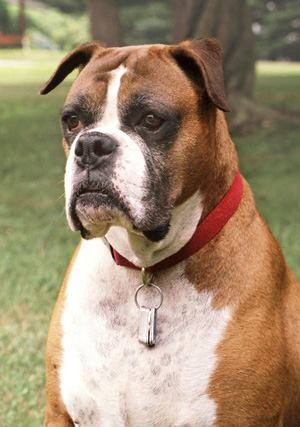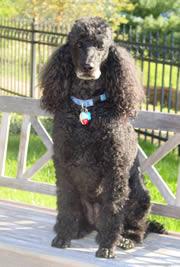
Most of us know that mapping a genome is important, but not all of us know exactly why cracking the dog genome was such a big deal for humans.
For those who love dogs, locating genes, of course, is critical to understanding not just how different breeds work, but in comprehending cancer and other diseases, and finding DNA variants associated with them to reduce their occurrence in affected breeds. As of last year, over 250 Mendelian traits and disorders caused by rare alleles had been mapped in the canine genome. Scientists learned more recently that dogs were first domesticated in Southeast Asia, something they couldn’t have pinpointed had cracking the dog and wolf genome never happened.
Scientists have also long wondered about the genetic changes that accompanied the transformation of ancient wolves into domestic dogs since the domestication of dogs was an important episode in the development of human civilization. They conducted whole-genome re-sequencing of dogs and wolves to identify 3.8 million genetic variants used to identify 36 genomic regions that probably represent targets for selection during dog domestication. Results indicate that a crucial step in early domestication of dogs was the adaptation that allowed early ancestors of modern dogs to thrive on a diet rich in starch relative to the carnivorous diet of wolves.
As interesting as that is, things are starting to get really exciting. Last year, scientists found a handful of genes within two genomic regions they think may be linked to the tendency for dogs to seek human contact. Within those were five genes identified as being most likely to be associated with the behavior, and four of the five genes have previously been associated with an increased risk of a range social disorders in humans, including autism. This is huge, and one more reason why the predictability of purebred dogs is so valued by science.

Shadow, the Poodle
We can thank a Poodle and Boxer for their part. In 2005, an international team announced the publication of the genome sequence of the dog. In the first phase of the project, they used a high-quality DNA sequence from a 12 year old female Boxer named “Tasha,” covering nearly 99% of the dog’s genome. Scientists had already made one stab at a dog genome, assembling 75% of the genetic code of a Poodle named, “Shadow” in 2003, one of three dogs belonging to Dr Craig Venter, the US researcher who led the private effort to sequence the human genome. Adding Tasha’s complete code to the mix made it easier to find the causes of genetic diseases, such as cancer, that affect both dogs and people.
if you love this sort of thing, you’ll want to read, “The Dog and its Genome” by Elaine Ostrander, Urs Giger and Kerstin Lindblad-Toh.
Image of Tasha, the Boxer
